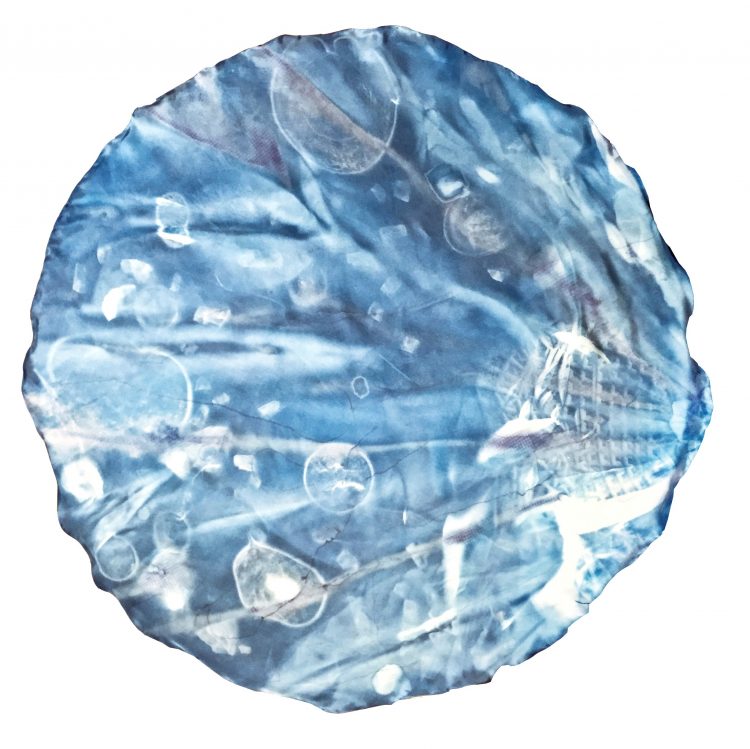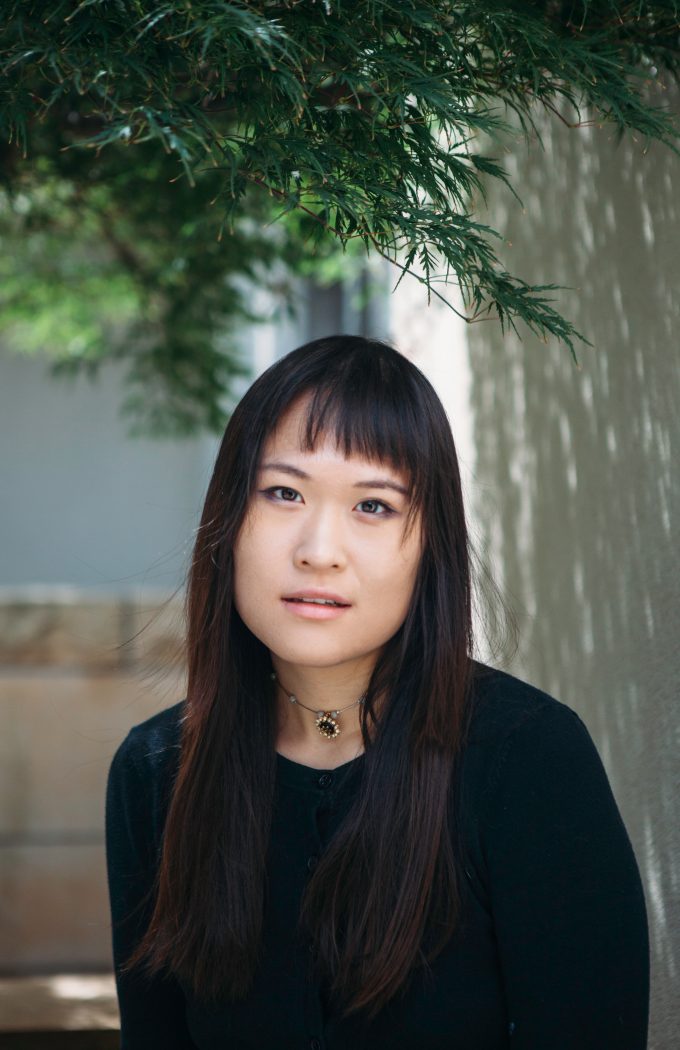In this series, Education Specialist for Public Programs Emily Bray highlights participants in the 2016 James McLaughlin Memorial Staff Show, on view through September 19, 2016.

Gloria Duan, “~”
Gloria Duan

Gloria Duan, Photo: Rhiannon Newman
Born on the first day of spring in the last hour of winter, in Amherst, Massachusetts, Gloria Duan is a 2015 BFA graduate of the Rhode Island School of Design and a 2011 graduate of the Thomas Jefferson High School for Science and Technology. She is interested in establishing artistic, cultural, and philosophical significance for new innovations and discoveries in science and technology beyond their traditionally practical purposes. She currently lives in the Washington, DC metro area.
What do you do at The Phillips Collection? Are there any unique/interesting parts about your job that most people might not know about?
I work as a Museum Assistant. In the mornings before the museum opens to the public, I like to walk around the galleries and view the collection without another soul around!
Who are your favorite artists in the collection?
Milton Avery is my favorite artist in the collection. I appreciate his use of color and compositional directives. I see a subtle elegance in his hand similar to Giorgio Morandi. More specifically, in Morandi’s still life paintings and Avery’s late landscapes, there is “solid in void and void in solid” …in space vibrating with its own emptiness.
What is your favorite gallery or space within The Phillips Collection?
My favorite gallery within the Phillips is the first floor of the Sant Building. I think the high ceilings and windows makes the space especially suitable for displaying a wide range of artworks.
What would you like people to know about your artwork on view in the 2016 Staff Show (or your work in general)?
The painting on display at the 2016 Staff Show is part of an ongoing series that, at a future date, will ideally be un-stretched and suspended in outer space, for the astro-viewer to float through and around as an immersive experience.
This series of paintings, its process, and ideal installation, aims to semantically describe mutable and ephemeral subjects, phenomena, and materials, through their un-guessed synchronicities. Topics include water, wind, shadow, light, glass, waves, pure energy, suspension, floating, and universal expansion. The circular silk cutout of this piece, and the Mobius forms seen in additional works from the series, are inspired by Robert Mangold’s “Ring” series. Morris Louis’ painting practice, in which he loosely tacked canvas to stretcher frames, informs the cyanotype coating process. Out of many light sensitive photo processes, the cyanotype was chosen for its Prussian hues. Quoting Goethe, “we love to contemplate blue not because it advances to us, but because it draws us after it.” The indexing of photograms includes hand-blown glass objects and their shadows, which channel, reflect, and block UV light. Finally, as mentioned before, my aim for this series is to bring painting into space, in order to conceptualize and advance the emerging genre of Space Art.
The 2016 James McLaughlin Memorial Staff Show is on view August 14 through September 19, 2016.

